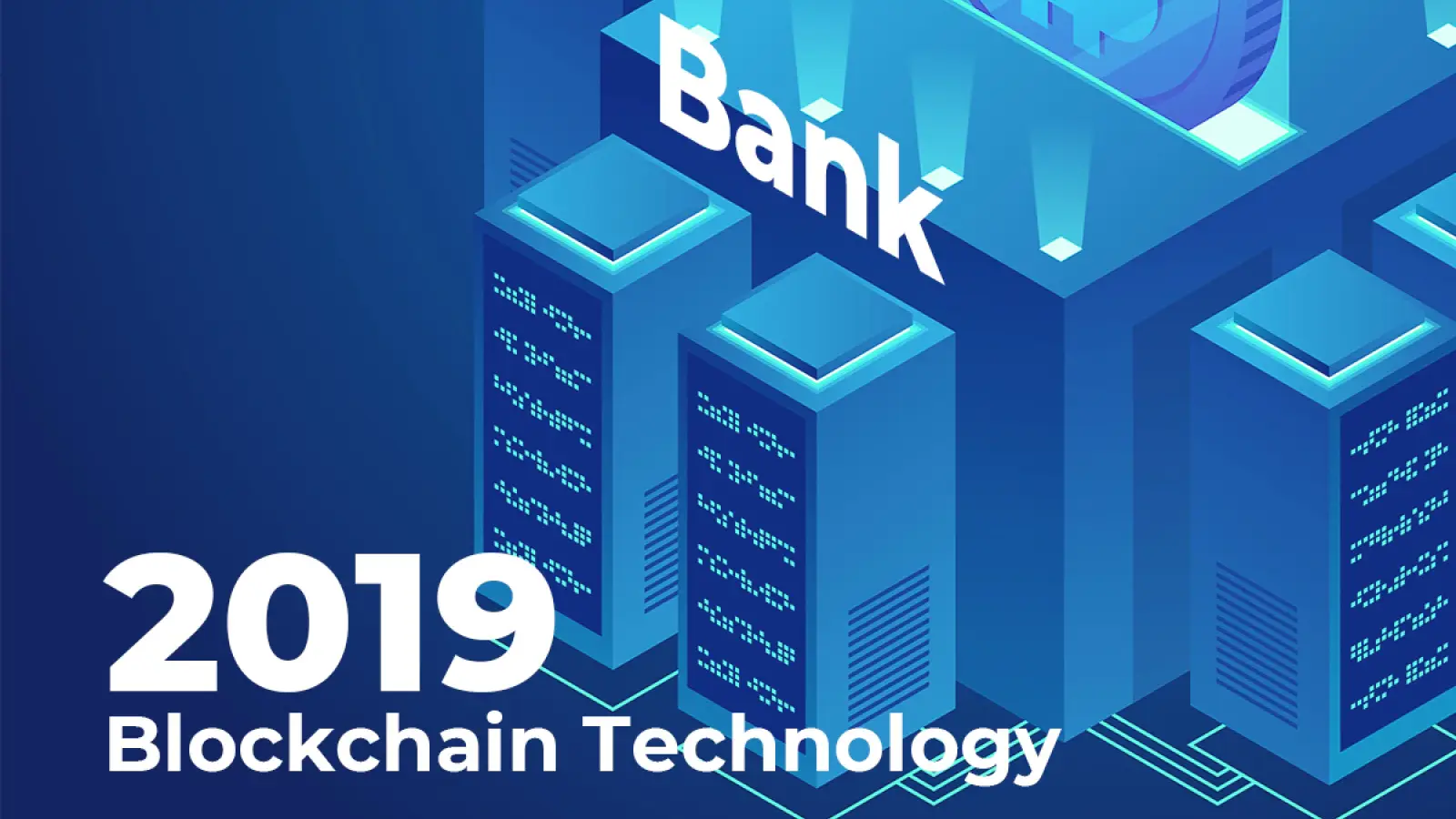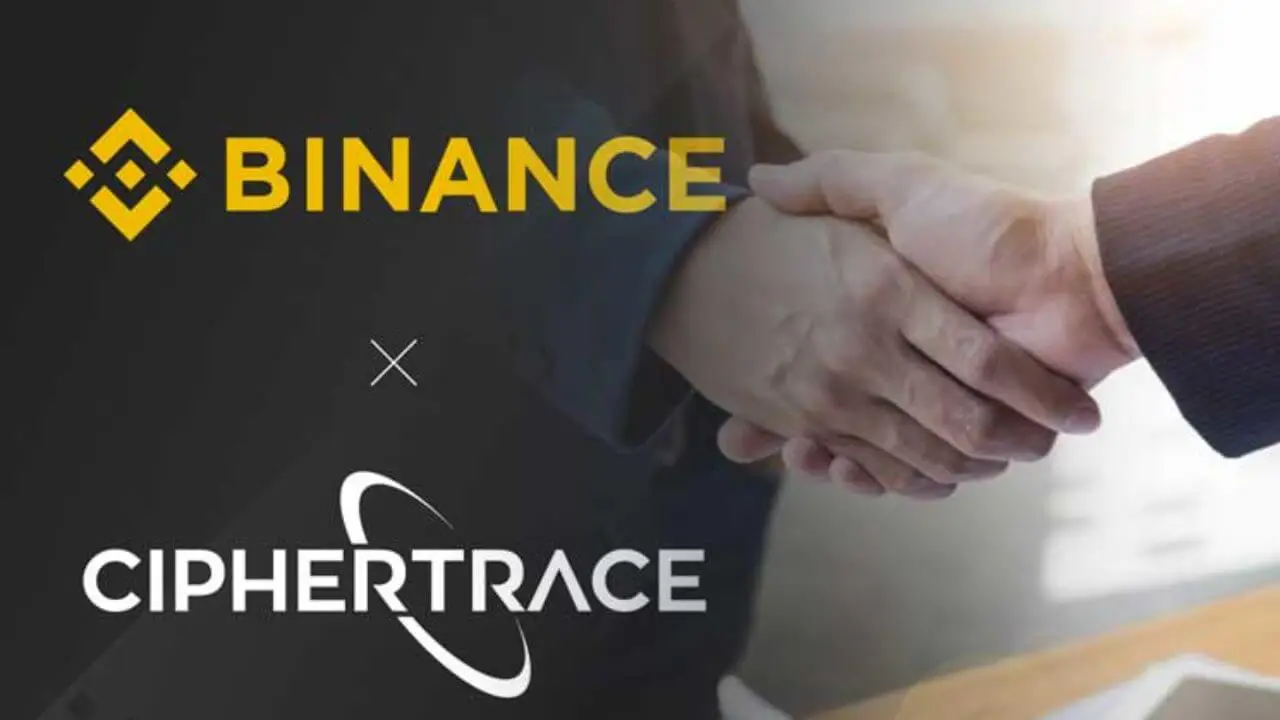The Electric Coin Co., which is the company behind the advancement of the privacy coin Zcash has rolled out a new updated Halo 2 source code for the crypto community. The release of Halo 2 is a part of ECC’s Scalability mission for the next year.
When the company first started on this mission, it ended up releasing Halo, which is a new zk-SNARK project that was capable of solving two primary issues in Zcash, removing the trusted setup of Zcash and supporting a scalable infrastructure for enabling private digital payments.
The purpose for which Halo was released went on very successfully that urged the company (ECC) to come with the upgrade version of the source code that they named Halo 2. While Halo used “Sonic” to verify transactions, Halo 2 uses “PLONK,” which is more efficient than “Sonic.”
Halo 2 is written in Rust, and it focusses on eliminating the trusted setup while providing robust scalability in Zcash. The main aim of bringing out the updated version of the source code is to boost up confidence in the Zcash community for adopting this protocol.
Halo diversifies numeration through “recursive proof composition,” making blockchain transactions faster and lighter, thereby eradicating the requirement for trusted setup in Zcash. In a Recursive Proof Composition, a single proof is allowed to attest to the correctness of other proofs, thereby effectively compressing a large amount of information and history; this is actually what is required to provide for a promising scalability solution for Zcash. It helps the company to scale the network horizontally without compromising the integrity of the network.
Before the release of Halo, achieving a recursive proof composition was not that easy; it required a high computational expense via a trusted setup, which was not possible every time. To combat this issue, the company first came up with an innovative “nested amortization” technique that used a polynomial commitment scheme to achieve recursive proof composition and eliminated the trusted setup in Zcash.
But ECC wanted a more concrete manifestation of its recursive proof composition concept, and therefore it stripped the Polynomial IOP concept and replaced it with Halo. But then again, Halo was not as fast as the team preferred, and finally, to address these issues, ECC came up with the more robust source code in the form of Halo 2.
Halo 2 improvements were made in coordination with the Ethereum Foundation (EF), and ECC will be productizing Halo 2 with its full potential, to integrate the recursive proof composition with the layer 1 scalability.









